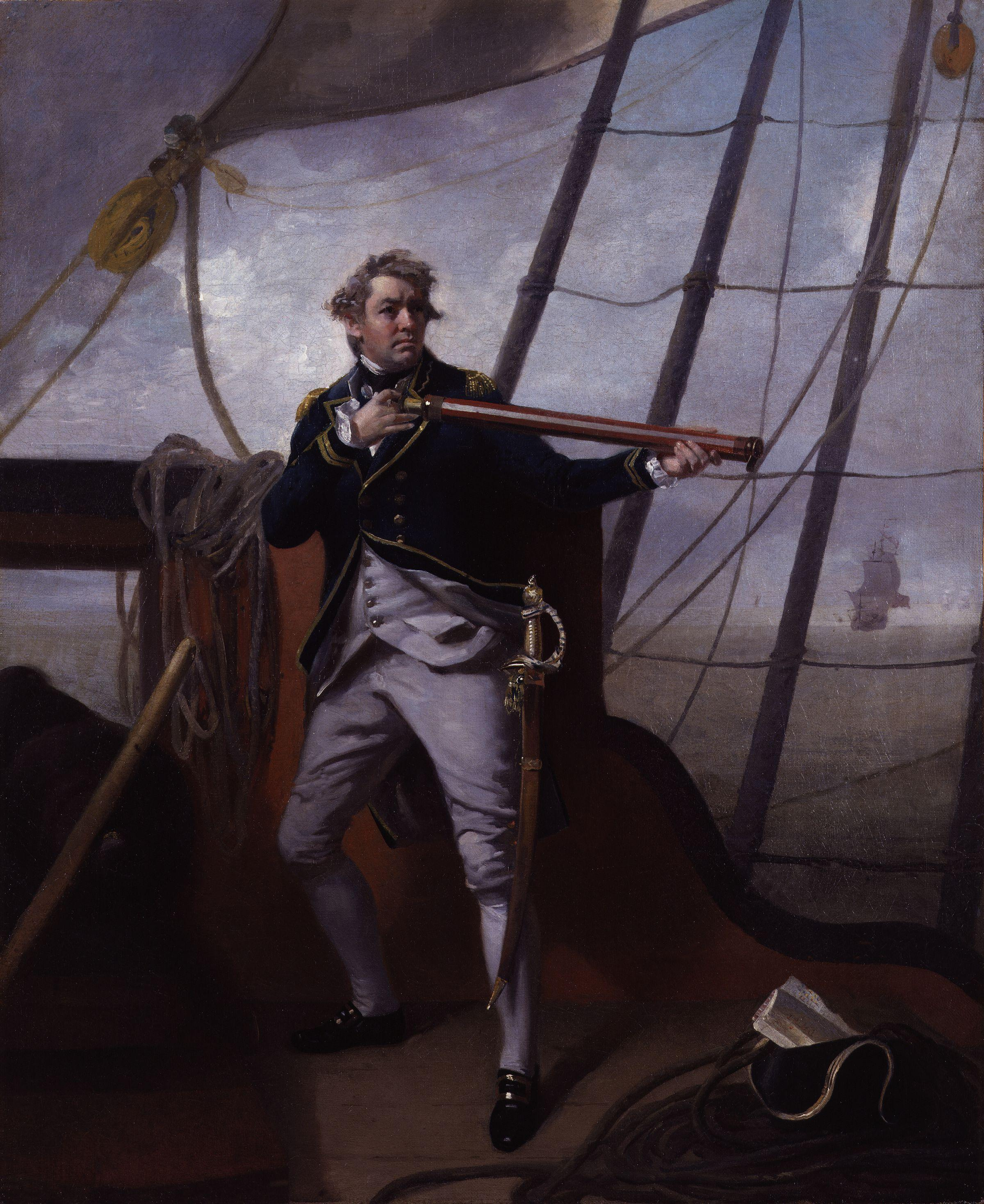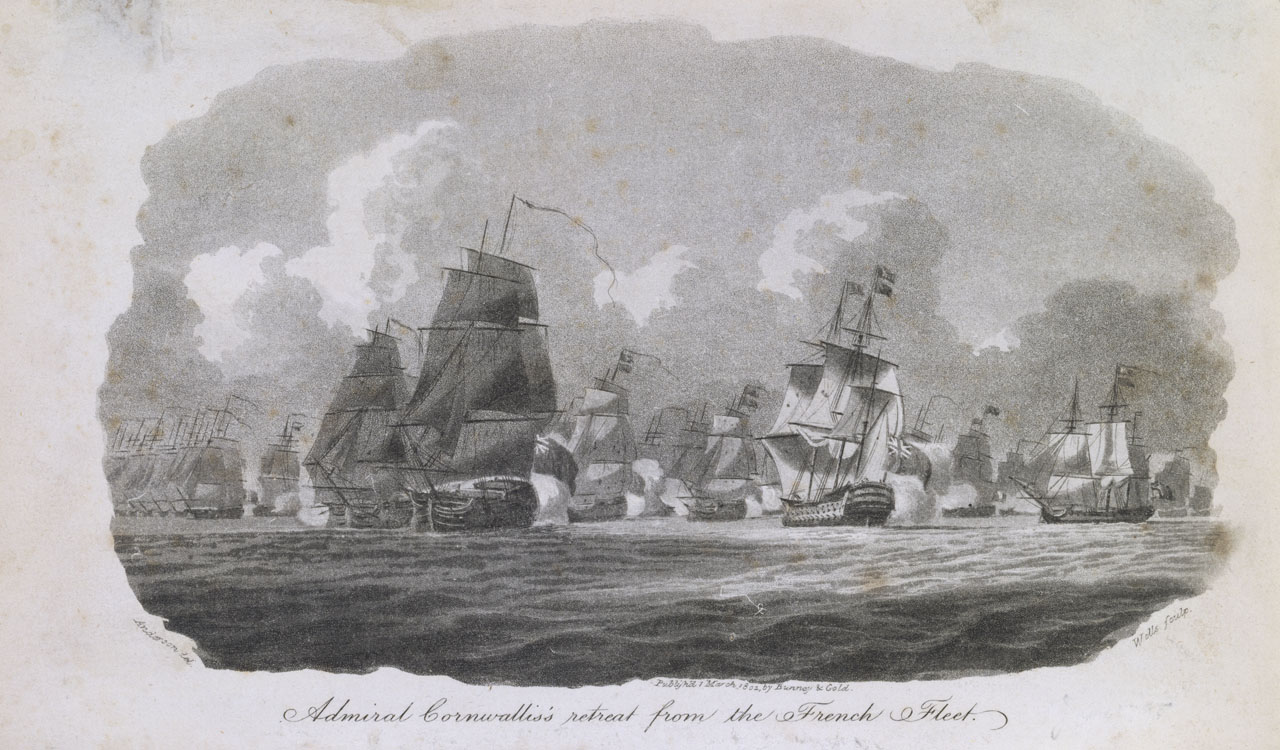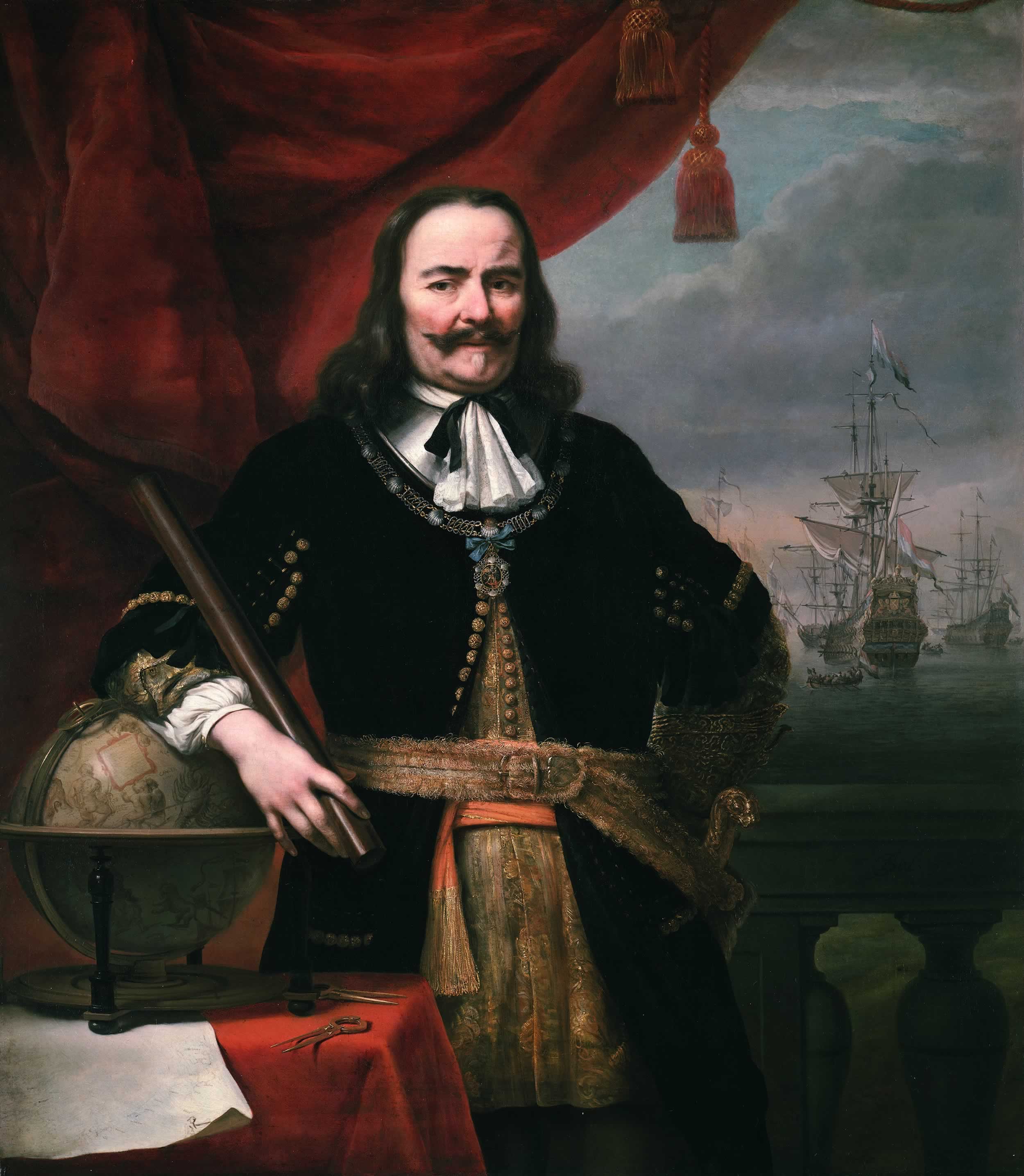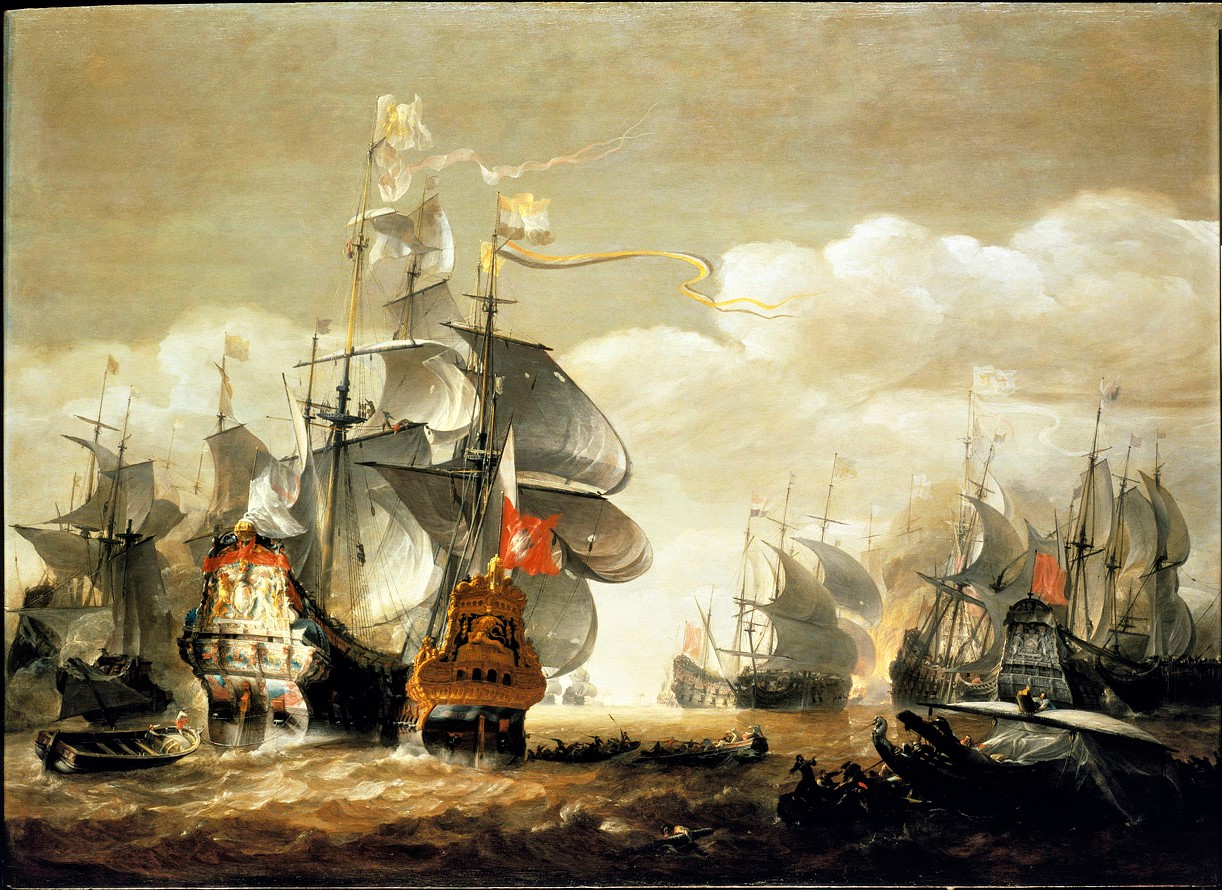|
HMS Triumph
Ten ships of the Royal Navy have been named HMS ''Triumph''. Another was planned, but renamed before being launched: * English ship ''Triumph'' (1562) was a 68-gun galleon built in 1561. She was rebuilt in 1596, and sold in 1618. * was a 44-gun ship launched in 1623 and broken up in 1687. * was a 90-gun second-rate ship of the line launched in 1698. She was renamed HMS ''Prince'' in 1714, rebuilt in 1750 and broken up in 1773. * was an 18-gun sloop, formerly the Spanish ''San Cristóbal'' (1735), (alias ''Triunfo''). She was captured in 1739 and foundered in 1740. * was a 74-gun third-rate ship of the line launched in 1764. She was used for harbour service from 1813 and was broken up in 1850. * HMS ''Triumph'' was to have been a 91-gun screw propelled ''Bulwark''-class second rate. She was renamed before her launch in 1862 as a armoured frigate. * was a ''Swiftsure''-class battleship launched in 1870. She was renamed HMS ''Tenedos'' in 1904, being used as a depot ship, an ... [...More Info...] [...Related Items...] OR: [Wikipedia] [Google] [Baidu] |
Royal Navy
The Royal Navy (RN) is the United Kingdom's naval warfare force. Although warships were used by English and Scottish kings from the early medieval period, the first major maritime engagements were fought in the Hundred Years' War against France. The modern Royal Navy traces its origins to the early 16th century; the oldest of the UK's armed services, it is consequently known as the Senior Service. From the middle decades of the 17th century, and through the 18th century, the Royal Navy vied with the Dutch Navy and later with the French Navy for maritime supremacy. From the mid 18th century, it was the world's most powerful navy until the Second World War. The Royal Navy played a key part in establishing and defending the British Empire, and four Imperial fortress colonies and a string of imperial bases and coaling stations secured the Royal Navy's ability to assert naval superiority globally. Owing to this historical prominence, it is common, even among non-Britons, to ref ... [...More Info...] [...Related Items...] OR: [Wikipedia] [Google] [Baidu] |
Trafalgar-class Submarine
The ''Trafalgar'' class is a class of nuclear-powered fleet submarines (SSNs) in service with the Royal Navy, and the successor to the . Like the majority of Royal Navy nuclear submarines, all seven boats were constructed at Barrow-in-Furness shipyard, Cumbria. With only one boat remaining active and in commission (as of 2022) and six retired from the seven originally in service, the class makes up part of the Royal Navy's nuclear-powered ‘hunter-killer’ submarine force. The ''Trafalgar'' class is being gradually replaced by the larger and more capable , of which five are currently commissioned. The name ''Trafalgar'' refers to the Battle of Trafalgar fought between the Royal Navy and the combined fleets of France and Spain in 1805. Development The ''Trafalgar'' class were designed in the early 1970s during the Cold War as a refinement of the preceding ''Swiftsure'' class. Including , the ''Trafalgar'' class are the fifth class of nuclear-powered fleet submarines to enter ser ... [...More Info...] [...Related Items...] OR: [Wikipedia] [Google] [Baidu] |
Battle Of Camperdown
The Battle of Camperdown (known in Dutch as the ''Zeeslag bij Kamperduin'') was a major naval action fought on 11 October 1797, between the British North Sea Fleet under Admiral Adam Duncan and a Batavian Navy (Dutch) fleet under Vice-Admiral Jan de Winter. The battle was the most significant action between British and Dutch forces during the French Revolutionary Wars and resulted in a complete victory for the British, who captured eleven Dutch ships without losing any of their own. In 1795, the Dutch Republic had been overrun by the army of the French Republic and had been reorganised into the Batavian Republic, a French client state. In early 1797, after the French Atlantic Fleet had suffered heavy losses in a disastrous winter campaign, the Dutch fleet was ordered to reinforce the French at Brest. The rendezvous never occurred; the continental allies failed to capitalise on the Spithead and Nore mutinies that paralysed the British Channel forces and North Sea fleets during th ... [...More Info...] [...Related Items...] OR: [Wikipedia] [Google] [Baidu] |
Cornwallis's Retreat
Cornwallis's Retreat was a naval engagement during the French Revolutionary Wars in which a British Royal Navy squadron of five ships of the line and two frigates was attacked by a much larger French Navy fleet of 12 ships of the line and 11 frigates. The action took place in the waters off the west coast of Brittany on 16–17 June 1795 (28–29 Prairial an III of the French Republican Calendar). A British naval squadron under Vice-Admiral William Cornwallis began operating off Brittany on 7 June; in the following week he attacked a French merchant convoy and captured several ships. In response, Vice-admiral Villaret de Joyeuse led the main French fleet out of port to attack the British, who were spotted on 16 June. Heavily outnumbered, Cornwallis turned away from the French and attempted to escape into open water, with the French fleet in pursuit. After a full day's chase the British squadron lost speed, due to poorly loaded holds on two of their ships, and the French vanguard ... [...More Info...] [...Related Items...] OR: [Wikipedia] [Google] [Baidu] |
Battle Of Texel
The naval Battle of Texel or Battle of Kijkduin took place off the southern coast of island of Texel on 21 August 1673 (11 August Old Style, O.S.) between the Dutch Republic, Dutch and the combined Kingdom of England, English and Kingdom of France, French fleets. It was the last major battle of the Third Anglo-Dutch War, which was itself part of the Franco-Dutch War (1672–1678), during which Louis XIV of France invaded the Republic and sought to establish control over the Spanish Netherlands. English involvement came about because of the Treaty of Dover, secretly concluded by Charles II of England, and which was highly unpopular with the English Parliament. The overall commanders of the English and Dutch military forces were Lord High Admiral James, James II of England, Duke of York, later James II, and Admiral-General William III of England, William III of Orange, his son-in-law and another future King of England. Neither of them took part in the fight. Prince Rupert of the ... [...More Info...] [...Related Items...] OR: [Wikipedia] [Google] [Baidu] |
Battle Of Schooneveld
The Battles of Schooneveld were two naval battles of the Franco-Dutch War, fought off the coast of the Netherlands on 7 June and 14 June 1673 (New Style; 28 May and 4 June in the Julian calendar then in use in England) between an allied Anglo-French fleet commanded by Prince Rupert of the Rhine on his flagship the Royal Charles, and the fleet of the United Provinces, commanded by Michiel de Ruyter. The Dutch victories in the two battles, and at the Battle of the Texel that followed in August, saved their country from an Anglo-French invasion. Background The Franco-Dutch War of 1672–1678 resulted from the attempts of Louis XIV of France to annex the Spanish Netherlands. In 1672, troops from France, Münster and Cologne invaded the Netherlands by land, while England's navy attacked Dutch shipping and threatened a seaborne invasion. The conflict between England and the Republic is commonly called the Third Anglo-Dutch War. The years 1672-1673 were particularly despera ... [...More Info...] [...Related Items...] OR: [Wikipedia] [Google] [Baidu] |
Battle Of Solebay
The naval Battle of Solebay took place on 28 May Old Style, 7 June New Style 1672 and was the first naval battle of the Third Anglo-Dutch War. The battle began as an attempted raid on Solebay port where an English fleet was anchored and largely unprepared for battle, and ended at a hard-fought draw. The battle however prevented a planned allied naval invasion of the Dutch Republic and boosted the morale of the Dutch population. Both sides claimed victory. The battle A fleet of 75 wars ships, 20,738 men and 4,484 cannon of the United Provinces, commanded by Lieutenant-Admirals Michiel de Ruyter, Adriaen Banckert and Willem Joseph van Ghent, surprised a joint Anglo-French fleet of 85-95 war ships (depending on source), 34,496 men and 6,018 cannon at anchor in Solebay (nowadays just Southwold bay), at Southwold in Suffolk, on the east coast of England. The Dutch had the weather gauge until their withdrawal. The Duke of York and Vice-Admiral Comte Jean II d'Estrées planned ... [...More Info...] [...Related Items...] OR: [Wikipedia] [Google] [Baidu] |
Four Days' Battle
The Four Days' Battle, also known as the Four Days' Fight in some English sources and as Vierdaagse Zeeslag in Dutch, was a naval battle of the Second Anglo-Dutch War. Fought from 1 June to 4 June 1666 in the Julian or Old Style calendar that was then used in England, in the southern North Sea, it began off the Flemish coast and ended near the English coast. It remains one of the longest naval engagements in history. Dutch accounts referred to its dates as 11 June to 14 June 1666 by using the New Style calendar. The Dutch inflicted significant damage on the English fleet, which lost ten ships in total, with over 1,000 men killed, including two vice-admirals, Sir Christopher Myngs and Sir William Berkeley, and almost 2,000 English were taken prisoner including a third vice-admiral, George Ayscue. Dutch losses were four ships destroyed by fire and over 1,550 men killed, including Lieutenant Admiral Cornelis Evertsen, Vice Admiral Abraham van der Hulst and Rear Admiral Frederik ... [...More Info...] [...Related Items...] OR: [Wikipedia] [Google] [Baidu] |
Battle Of Lowestoft
The Battle of Lowestoft took place on during the Second Anglo-Dutch War. A fleet of more than a hundred ships of the United Provinces commanded by Lieutenant-Admiral Jacob van Wassenaer, Lord Obdam attacked an English fleet of equal size commanded by James, Duke of York forty miles east of the port of Lowestoft in Suffolk. Although it was a substantial English victory, the escape of the bulk of the Dutch fleet deprived England of the chance of ending the war quickly with a single decisive victory. As a result, the Dutch were able to make good their losses by building new and better-armed ships and improving their organisation and discipline. Their Dutch fleets would not be so badly organised or ill-disciplined in the remaining battles of this war and, in Obdam's replacement, Michiel de Ruyter, the Dutch had gained a superb tactician and leader for the remainder of the war. Background The Second Anglo-Dutch War resulted from long-standing commercial tensions between England ... [...More Info...] [...Related Items...] OR: [Wikipedia] [Google] [Baidu] |
Battle Of Scheveningen
The Battle of Scheveningen (also known as the Battle of Ter Heijde) was the final naval battle of the First Anglo-Dutch War. It took place on 31 July 1653 (10 August on the Gregorian calendar), between the fleets of the Commonwealth of England and the United Provinces. The Dutch fleet suffered massive losses but achieved its immediate strategic goal of raising the Royal Navy blockade of the Dutch coast. Background After their victory at the Battle of the Gabbard in June 1653, the English fleet of 120 ships under General at Sea George Monck on his flagship ''Resolution'' blockaded the Dutch coast, capturing many merchant vessels. Royal Museums Greenwich. The Dutch economy began to collapse, with mass unemployment and a severe economic downturn affecting it. On 24 J ... [...More Info...] [...Related Items...] OR: [Wikipedia] [Google] [Baidu] |
Battle Of The Gabbard
The naval Battle of the Gabbard, also known as the Battle of Gabbard Bank, the Battle of the North Foreland or the Second Battle of Nieuwpoort took place on 2–3 June 1653 (12–13 June 1653 Gregorian calendar). during the First Anglo-Dutch War near the Gabbard shoal off the coast of Suffolk, England between fleets of the Commonwealth of England and the United Provinces. The battle The English fleet had 100 ships commanded by Generals at Sea George Monck and Richard Deane and Admirals John Lawson and William Penn. The Dutch had 98 ships under Lieutenant-Admiral Maarten Tromp and Vice-admiral Witte de With, divided in five squadrons. On 2 June 1653 the Dutch attacked but were beaten back because the English employed line-of-battle tactics, making the Dutch pay a high price for attempting to board. The Dutch fleet, consisting of lighter ships, was severely damaged and lost two ships. On 3 June the English were joined by Admiral Robert Blake, but Tromp decided to try again a di ... [...More Info...] [...Related Items...] OR: [Wikipedia] [Google] [Baidu] |
Battle Of Portland
The naval Battle of Portland, or Three Days' Battle took place during 18–20 February 1653 (28 February – 2 March 1653 (Gregorian calendar)), during the First Anglo-Dutch War, when the fleet of the Commonwealth of England under General at Sea Robert Blake was attacked by a fleet of the Dutch Republic under Lieutenant-Admiral Maarten Tromp escorting merchant shipping through the English Channel. The battle failed to settle supremacy of the English Channel, although both sides claimed victory, and ultimate control over the Channel would only be decided at the Battle of the Gabbard which allowed the English to blockade the Dutch coast until the Battle of Scheveningen, where Admiral Maarten Tromp was killed in a firefight. Background The First Anglo-Dutch War was caused by friction between the two naval powers of the century, competing for strategic supremacy over the world's merchant routes. England and the United Provinces had always been 'natural allies' against the Habsb ... [...More Info...] [...Related Items...] OR: [Wikipedia] [Google] [Baidu] |




_-_The_Second_Battle_of_Schooneveld%2C_4_June_1673_-_BHC0306_-_Royal_Museums_Greenwich.jpg)



